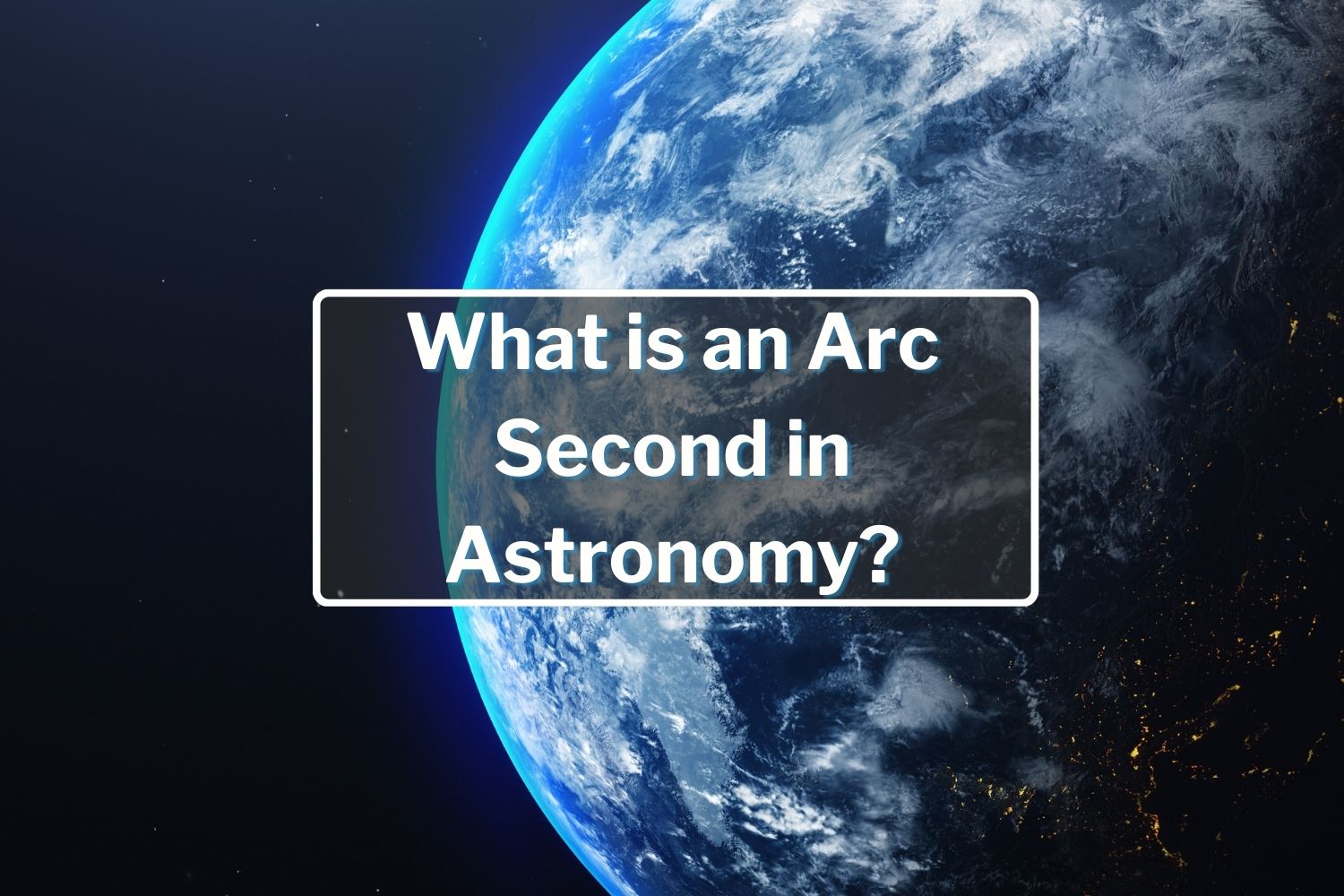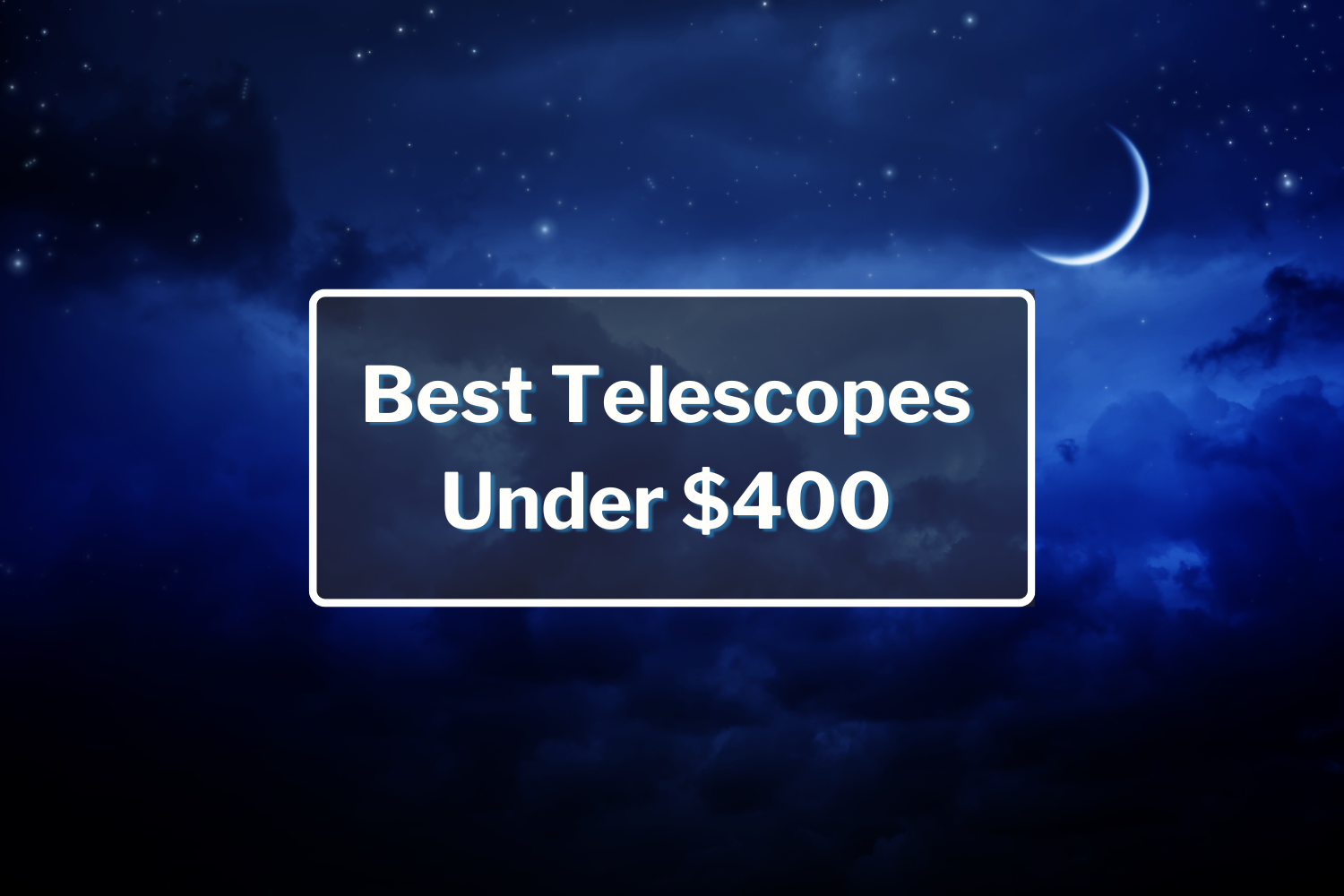How Much Does a Good Telescope Cost?
A good telescope is essential for getting started in astronomy, but with so many brands and models available to choose from, it’s hard to pinpoint how much a good telescope costs.
A good telescope costs between $300 and $8,000, depending on your needs and level of expertise. Today’s entry-level telescopes significantly outperform those of a decade ago, giving those on smaller budgets a chance to see the night sky with unprecedented clarity. Similarly, telescopes in the upper region of this cost range are capable of professional imaging and observation.
If you are just getting started in astronomy, don’t spend much money on a high-end telescope unless you truly know your objectives. Conversely, if you have experience and want to peer into the deeper reaches of space, even a good beginner telescope won’t cut it.
So to answer the question of how much a good telescope costs, we’ll break it down into three categories: beginner, intermediate, and expert astronomers.
How Much Does a Good Beginner Telescope Cost?
For those just starting in astronomy and astrophotography, a price range of $300 to $1,000 is standard.
The first choice is whether to buy a manual telescope or a computerized unit that can help you locate and track objects. While a manual telescope involves more work, it does have two advantages: it helps you learn the basics of navigating the celestial sphere, and your budget goes toward higher-quality optics instead of computerization.
Don’t give in to the temptation to buy the cheapest telescope — telescopes under $100 won’t provide you with the quality you need to enjoy this hobby and certainly won’t provide enough headroom to grow.
Beginner Option 1: Sky-Watcher StarTravel 120 AZ3 f/5 Doublet Refracting Telescope
A great manual option for beginners is the Sky-Watcher StarTravel 120 AZ3 f/5 Doublet Refracting Telescope. This two-element, air-spaced refractor has all the features you’d expect for durability, including full multi-coating, apochromatic optics, and sturdy construction.
This scope is known for its “rich field” views, giving you excellent capture of clusters, galaxies, planets, nebulae, and the Moon. It also doubles as a terrestrial telescope. With a larger aperture than many other beginner telescopes, it accepts 2-inch diagonals to enable wide field views while minimizing chromatic aberration. It also includes a red dot finder to help you locate the desired objects in the night sky.
The fact that this is a refractor gives it plug-and-play functionality, meaning you won’t have to perform collimation or perform much maintenance. Tube mounting rings allow you to easily rotate and balance the tube, and a fast f/5 focal ratio is ideal for capturing eclipses.
Beginner Option 2: Celestron NexStar 5SE Computerized Telescope
If you want to bring digital functionality into the mix, the Celestron NexStar 5SEcomputerized telescope is a great start. With a 5-inch aperture that can capture impressive views of deep sky objects, planets, and the moon, this telescope puts the celestial sphere at your fingertips.
GoTo Technology lets you choose from a database of more than 40,000 celestial objects and have the telescope locate them for you. Setup is easy thanks to SkyAlign Technology, which aligns your telescope for you once you set it on three bright objects.
Like the Sky-Watcher StarTravel 120, this telescope setup is all about portability. With a single fork arm atop a rugged steel tripod, it assembles and disassembles easily, letting you transport your whole setup in a small footprint.
How Much Does a Good Intermediate Telescope Cost?
For those who have already cut their teeth on a beginner telescope and have knowledge as well as a better idea of what direction they’d like to go in, a good price range to explore is between $700 and $2,000.
Intermediate Option 1: Celestron Advanced VX 6-Inch Newtonian Telescope
The Celestron Advanced VX hits at that perfect compromise between portability, power, and price: a 6-inch (150-mm) aperture in a compact Newtonian design.
Built for astrophotography, this telescope and its mount give you many of the features of German equatorial mounts at a lower price. The telescope will track objects through long exposures thanks to its permanently programmable periodic error correction, which lets you track an image across the meridian without needing to perform a meridian flip.
Automatic guider support and All-Star Polar Alignment are just some of the additional features of this setup. Rugged and sturdy, the Celestron Advanced VX is built to last and to meet the needs of the intermediate visual astronomer or astrophotographer.
Intermediate Option 2: Sky-Watcher Flextube 250P SynScan GoTo Collapsible Dobsonian With Wifi Adapter
If you’re looking to upskill and upgrade, the Sky-Watcher Flextube 250P SynScan GoTo Collapsible Dobsonian with wifi adapter is an excellent way to do it. With a large aperture and enough functionality to automate the most time-consuming parts of setup and object location, this telescope has a diameter of 11.38 inches (289 mm) for immensely powerful imaging of the night sky.
A collapsible tube design means you don’t have to sacrifice portability for performance, putting fewer obstacles between you and a trip to a dark-sky site. The truss tube design allows consistent performance and ease of use, while the ability to transport it as two pieces makes for a smaller footprint — all while being assemblable in seconds.
The Flextube SynScan series incorporates the convenience of GoTo telescope functionality to help you save time and accurately set up.
How Much Does a Good Telescope for Experts Cost?
Professionals and experts, whether they’re observing recreationally or as part of a research project, need a full suite of capabilities and uncompromising quality. For such telescopes, expect to spend between $2,000 and $8,000.
Professional Option 1: TPO 10-Inch Truss Tube f/7.9 Ritchey Chretien Reflecting OTA Telescope
A bestseller among advanced telescopes is the TPO 10-inch Truss Tube f/7.9 Ritchey Chretien Reflecting OTA telescope, a reflector with a fixed-position quartz primary mirror that eliminates any threat of image shift while negating the need for collimation. Further stabilization comes from the carbon fiber truss tube design, which minimizes the risk of thermal shifts due to temperature changes.
This telescope has no spherical or chromatic aberration and brings coma to a minimum. With a focal length of 2032 mm, this telescope’s concave hyperbolic primary mirror and convex hyperbolic secondary mirror capture significant light and a wide field of view for professional needs.
Professional Option 2: Celestron 9.25-Inch EdgeHD OTA With CGE Dovetail Plate
The Celestron 9.25-inch EdgeHD OTA with CGE dovetail plate is the perfect example of a professional telescope: high in quality, targeted in use, and loaded with valuable features. With Aplanatic (Corrected) Schmidt optics, it is both coma-free and produces a flat field that guarantees razor-sharp focus right to the edge. Stars are round, and resolution is greatly improved. Also, with the Celestron EdgeHD and StarBright XLT coating combined, maximum light is guaranteed. This is truly a gold standard in astro-imaging.












Myrna Allen
July 14, 2025
My sons 39th Anniversary is coming up and I thought a telescope would be a fun hobby for them to take up. I’m at a loss what could you recommend for a beginning couple? I thought $1000 would be a good telescope however after reviewing I’m confusined? Need some help. Myrna